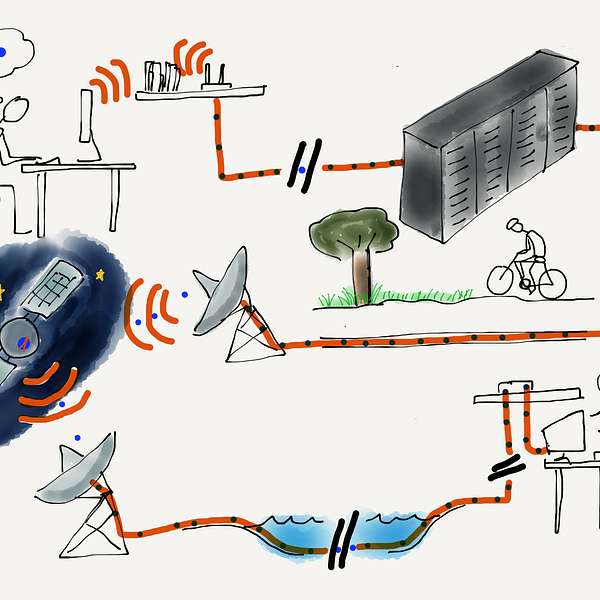
Introduction to Networking: How the Internet Works
Introduction to Networking: How the Internet Works
Network Architecture
This is part of the book "Introduction to Networking" at www.net-intro.com
To engineer and build a system as complex as the Internet, engineers try to break a single challenging problem into a set of smaller problems that can be solved independently and then put back together to solve the original large problem. The engineers who built the first Internets broke the overall problem into four basic sub-problems that could be worked on independently by different groups. They gave these four areas of engineering the following names: (1) Link, (2) Internetwork, (3) Transport, and (4) Application. We visualize these different areas as layers stacked on top of each other, with the Link layer on the bottom and the Application layer on the top. The Link layer deals with the wired or wireless connection from your computer to the local area network and the Application layer is what we as end users interact with. A web browser is one example of an application in this Internet architecture.